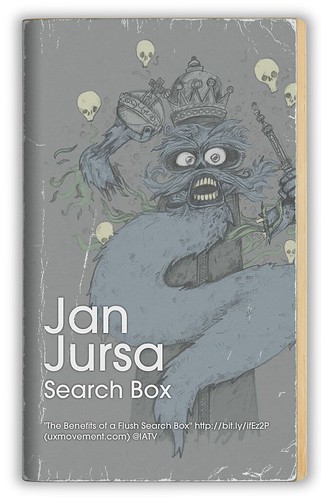After far too long, some vaguely formed thoughts on dynamic design, after some converging links and conversations in the last few days. One of these is the new MIT Media Lab identity from The Green Eyl. It's nice work, but also seems like a new high-water mark for generative or dynamic graphic design.
In this approach graphic design goes "meta": from controlling a set of visual relationships, to controlling a system for generating visual relationships. As in other generative forms, there's a payoff in the multiplicity of the results - one logo? try 40,000 variants! But more interesting I think is a change in the locus of design, where design happens. To see one of these new logos is to appreciate its colour, form and typography; to see a dozen is to begin to appreciate the variety and coherence of relationships the designers have created. But to engage with the work fully - for example, if you're a Media Lab person, to generate your own personal variant - is to understand that it's not a logo, or even a family of logos, but a dynamic "identity system". And because this is a logo, any instance of it comes to signify not only the client, but the dynamic system, or to be more specific, a quality of "dynamic systemness." What better brand value for the Media Lab?
There is also an aspect of something like performance here. Instead of an imprint or copy, the logo becomes a performance of its system (signifying that system in the process). In discussing this with my friend Geoff Hinchcliffe the other day, he pointed out that this is really nothing new for graphic design. Any book jacket design is inevitably a performance of the genre (or system) that is "book jacket". Graphic forms like book covers are often highly constrained and rule-driven, just like this new-fangled dynamic design. Geoff's own Twitter Modern Classics demonstrates this beautifully, rendering tweets through the design templates of Penguin's iconic paperbacks. If cover design is a set of rules, it's no surprise a computer can execute them so effectively. Here dynamic design is a poetic strategy, a way to strike sparks of joy and surprise from the collision of form and content.
The final example comes by way of Daniel Neville, another designer with an interest in dynamic identity systems (or relational design). In fact the Melbourne Restaurant Name Generator is not really design at all. If anything it's something like generative satire, in the same genre that can turn out band names or even whole computer science papers. The Melbourne Restaurant thing works for me because it is such acute satire: from the recycled decor to the uber-limited menu and the obsession with bicycles, it just nails a whole urban scene. As a piece of generative satire it works by both portraying its target as formulaic - as nothing but a system - while also milking the absurd juxtapositions that its own system generates. It seems to cleave a complex thing at its joints, revealing underlying elements and relationships. Maybe there's something here for dynamic graphic design?




1 comment:
This logo concept is very similar to Sagmeister's Casa da Musica idea from 2008. A dynamic geometric logo that can be multiple colours.
More info
Post a Comment